Qantas Award Flights Were Incredible Value in the 1990s
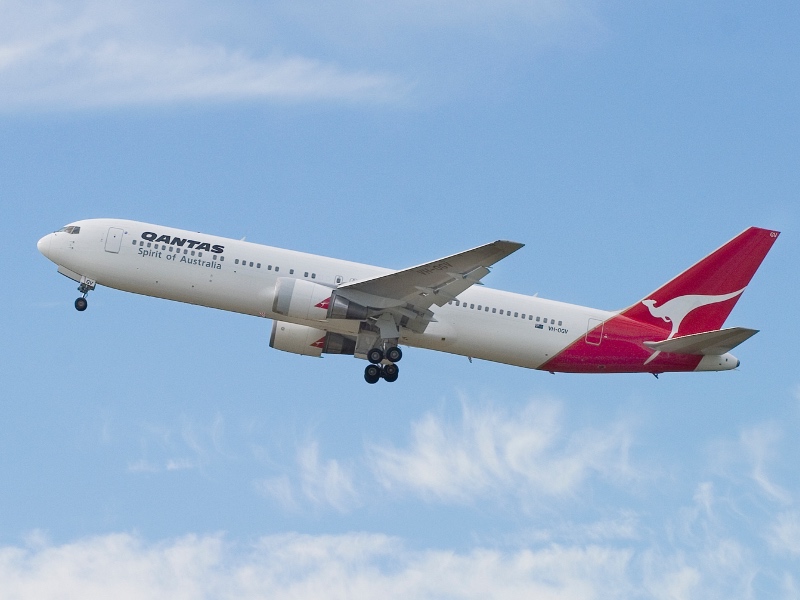
Redeeming Qantas Frequent Flyer points for a Classic Flight Reward might seem like good value in 2021 – and it usually is. But the value of Qantas points in 2021 is nothing compared to the way things were 25 years ago!
These days, for example, it costs 57,000 Qantas points + $80 in taxes & carrier charges to fly from Melbourne to Broome via Perth in Business Class.
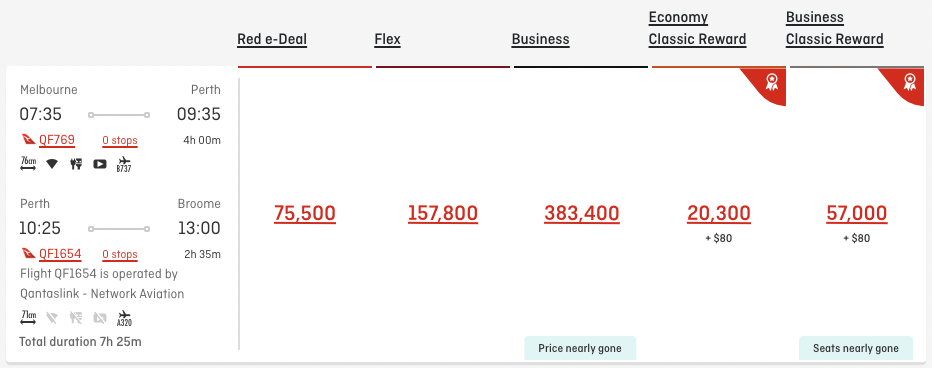
But if we step back in time to 1996, when Qantas Frequent Flyer was in its relative infancy as a loyalty program, it cost just 37,500 Qantas points (and no taxes) to fly up to 11,000km around Australia in Business Class with unlimited stopovers. For example, for just 37,500 Qantas points, you could have flown an itinerary such as:
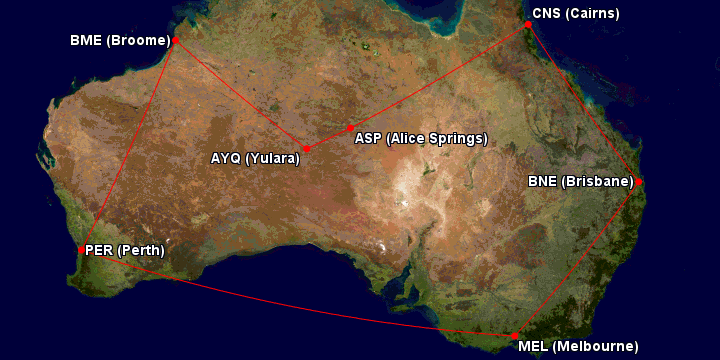
This isn’t just theoretical. Several AFF moderators used to book itineraries such as these back in the 1990s. These days, this itinerary would cost 197,900 Qantas points and around $300 in taxes & charges!
Qantas Frequent Flyer award charts in 1996
Back in the 1990s, Qantas Frequent Flyer still mailed out brochures with the program rules and award charts to members. Here’s an excerpt from the 1996 membership guide with the Qantas Frequent Flyer award chart from the time:

It’s difficult to do a like-for-like comparison with the current Qantas award charts because the current charts are only for one-way journeys, and distances are now calculated in miles instead of kilometres. But, except for short one-way flights in Economy, almost everything required considerably fewer points in the 1990s. The award routing rules were also a lot more generous.
25 years ago, Qantas could legitimately advertise that “the world is yours for free” when redeeming points, since there were no taxes. Back then, you could even call the Frequent Flyer Service Centre and expect a competent agent to answer promptly and be able to help you with a complex award booking. (Now, not so much… unless you happen to have Platinum One status…)
Here’s another excerpt from the 1996 Qantas Frequent Flyer membership guide showing the award routing rules:
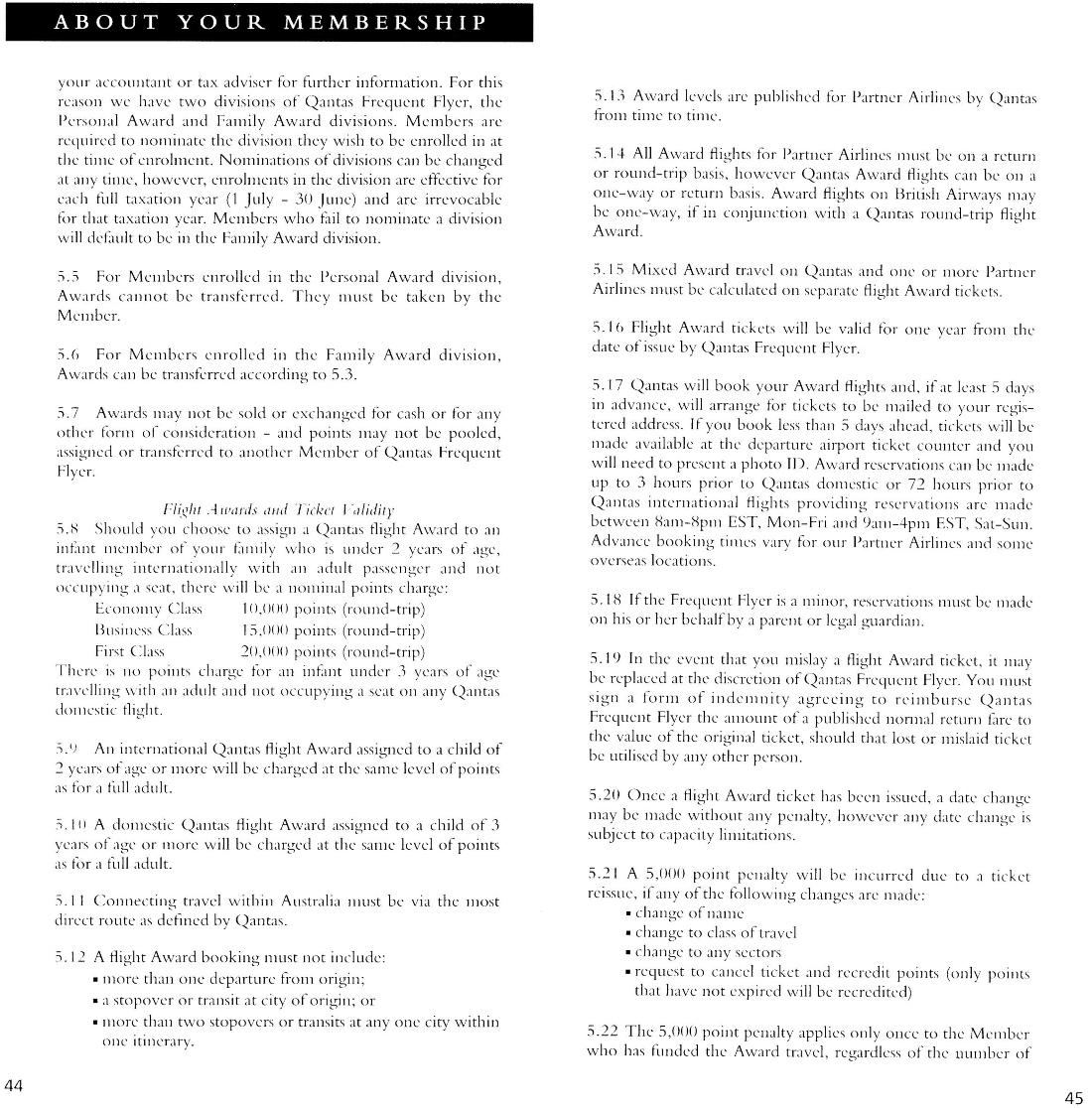
So, under the 1996 Qantas award flight routing rules, you could add as many free stopovers as you liked. You just couldn’t return to your city of origin mid-way through the trip, or pass through any city more than twice during the same trip.
To calculate the number of Qantas points needed, you would simply add up the distance of all the flights on the itinerary (in kilometres) and check which award chart zone it fell into.
Nowadays, it’s not possible to add a free stopover on a one-way Qantas Classic Flight Reward booking. The only exception in 2021 would be with the Oneworld Classic Flight Reward. This allows a maximum of 5 stopovers, although you could not use this on a domestic itinerary because you would need to have at least two Oneworld airlines other than Qantas on the booking.
One thing that you can still do in 2021 is change your travel dates for no penalty – although this is only a temporary measure due to COVID-19.
An obvious loophole in the 1996 award chart was heavily exploited
Under the old Qantas award routing rules, you could add almost unlimited sectors and stopovers to your award booking, as long as you didn’t pass through the same city more than twice or return to your origin mid-trip. This presented an obvious opportunity for people commuting regularly between major cities like Sydney and Brisbane.
So, back in the 1990s, it could have been possible to book a ticket such as:
- Wollongong-Brisbane
- Brisbane-Sydney
- Sydney-Gold Coast
- Gold Coast-Newcastle
- Newcastle-Gold Coast
- Gold Coast-Sydney
- Sydney-Maroochydore
- Maroochydore-Newcastle
- Newcastle-Brisbane
- Brisbane-Wollongong
If you didn’t mind using alternate airports every now and again, you could have squeezed five weeks’ worth of return trips into a single award booking. This would price as a Zone 4 award costing 30,000 points in Economy, 37,500 in Business or 45,000 points in First Class.
This and some other loopholes were closed a few years later. By 1999, for example, Qantas Frequent Flyer was treating Brisbane, Maroochydore and Gold Coast as the same city. There was also a new limit of 5 stopovers per award booking on Australian domestic itineraries (or 10 on international bookings).
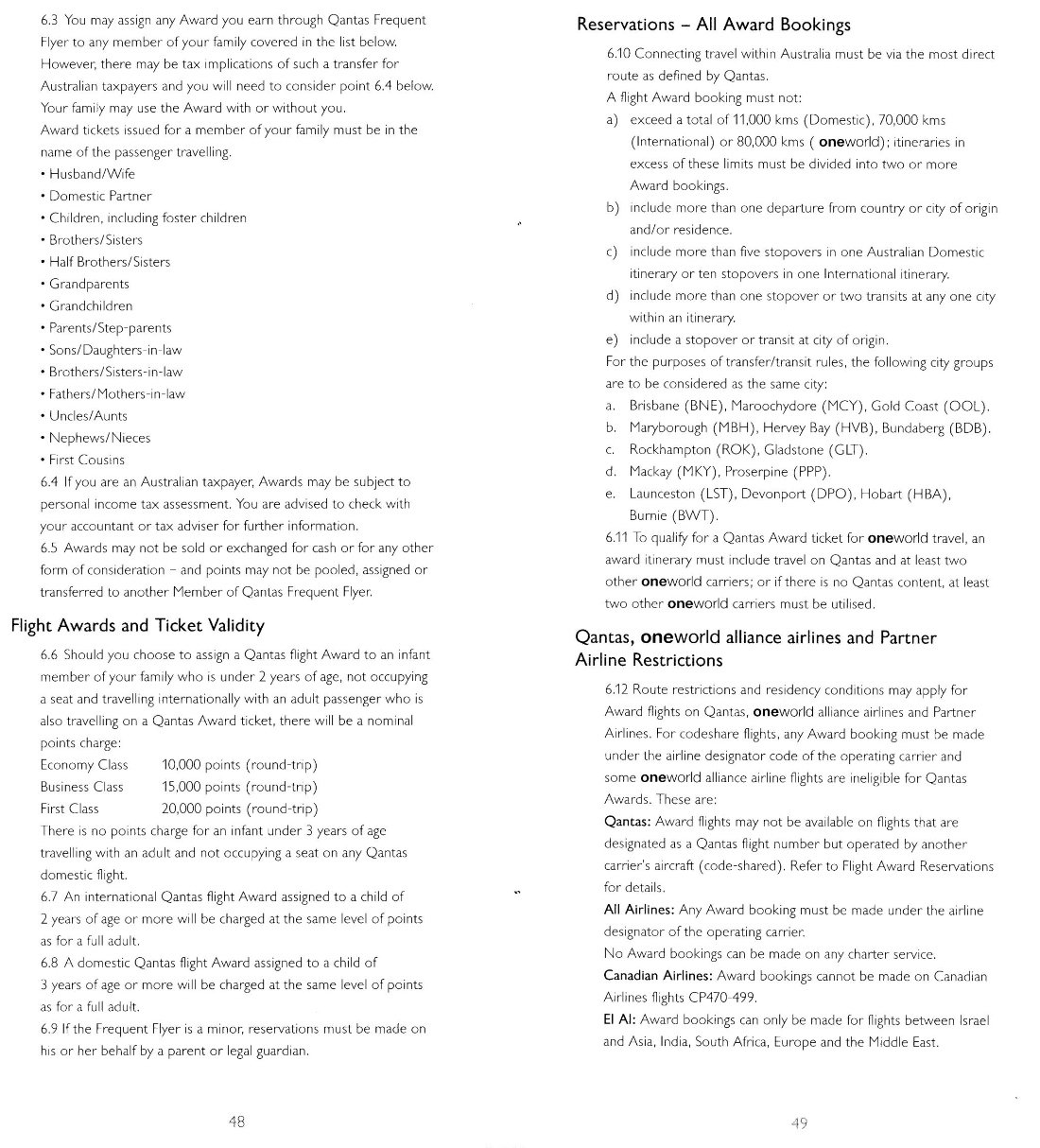
The introduction of taxes, fuel & carrier surcharges
Sadly, the lack of taxes & carrier surcharges on award bookings was also too good to last.
In October 1995, the first of many new taxes on award bookings was introduced in the form of a $3.40 Sydney Airport noise levy. This applied to all flights arriving at Sydney Airport (excluding propeller aircraft or any flight from Canberra) and was added to the cost of awards as well as regular tickets. By the early 2000s, Qantas was adding other government taxes and airport charges to the cost of award bookings as well.
Then, in May 2004, Qantas first introduced fuel surcharges – supposedly due to rising oil prices. These were initially $6 per domestic flight and $15 per international flight. This was the first time Qantas added its own fees on top of the third-party taxes charged on top of the points for an award ticket.
Fuel surcharges, which no longer have much to do with the price of fuel, were renamed as “carrier charges” in July 2015.
The inflation of frequent flyer points
Clearly, Qantas points were much more valuable on a like-for-like basis 25 years ago than they are now. But this doesn’t account for the fact that points are also now a lot easier to earn in large quantities than they were back then.
In the 1990s, you would typically earn fewer Qantas points for a flight than you would now. There was no minimum points guarantee or status bonus, and the earn rate was based on the kilometres flown:
- First Class earned 1.5 points per kilometre flown
- Business Class earned 1.25 points per kilometre flown
- Full “Y” Economy Class earned 1 point per kilometre flown
- Anything less than full Economy Class earned 0.7 points per kilometre flown
More to the point, it’s now very common to see Qantas credit card sign-up bonuses of up to 150,000 points. Qantas Frequent Flyer is no longer just for frequent flyers, with many opportunities to earn points on the ground. You can even earn points for paying your taxes or buying wine. This wasn’t always the case.
So, there’s been substantial inflation on both the “earn” and “burn” sides. This isn’t necessarily a bad thing if you’re constantly earning and burning points. But if you accumulated lots of points in the 1990s, they would now be worth relatively little compared to what they were worth then. And unlike money, you don’t earn any interest on frequent flyer points sitting in your account.
This is why Australian Frequent Flyer has long said that it’s a bad idea to hoard points. Even in just the last 4-6 years, Qantas points have lost a noticeable amount of value.


